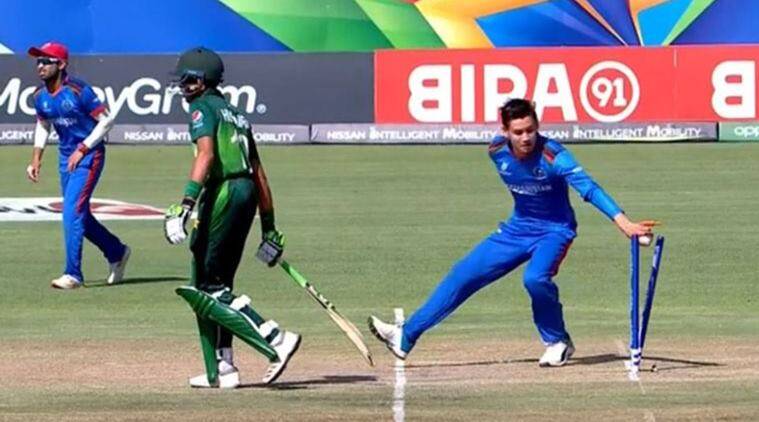
‘CHEATING’ and ‘UNETHICAL’ are a few words that come to fanatics’ and experts’ minds when listening to the word ‘MANKADING’ in cricket. While some regard it as ‘not under sportsmanship’ for the doer, a small portion of the cricket followers is well-aware of the rules. In this article, we will take a close look at the mankading rules, its history, and what people think of it.
When Mankading started?
The practice of “Mankading” includes a bowler run out a batsman who has left their crease before the ball has been delivered. It has its roots in the 1947 tour of Australia by the Indian cricket team. It was during this tour that Vinoo Mankad, the Indian opener and slow left-arm orthodox bowler, is credited with executing this mode of dismissal for the first time in cricket history.
During an over, Mankad noticed that the non-striker was frequently out of his crease at the point of delivery. So, he stopped in his delivery stride and removed the bails from the non-striker’s end, dismissing Bill Brown in the second Test. Mankad faced criticism for his unsportsmanlike conduct.But the former Australian captain Don Bradman defended the tactic. He states that the laws of cricket make it clear that the non-striker must stay within their ground until the ball has been delivered.
What in Mankading?
In the game of cricket, Mankading is a type of run-out dismissal in which the bowler, before entering into his delivery stride, attempts to run out the batsman at the non-striker’s end. This is typically done by the bowler warning the batsman before the delivery. And if the batsman leaves their crease before the ball is delivered, the bowler can then attempt to run them out.
What do people think of Mankading?
This mode of dismissal has caused controversy in the past. Some are still arguing that it goes against the spirit of the game. There is a widespread debate over whether mankading is a legitimate tactic or if it goes against the spirit of the game. Some believe that it is a legitimate part of the game and that non-strikers should be held responsible for their actions. Others believe that it is unsportsmanlike and goes against the spirit of cricket, which is supposed to be a gentleman’s game.
Is Mankading legal in Cricket?
Previously, the tactic of mankading was considered unfair practice according to Law 41 of the Marylebone Cricket Club (MCC). This law stated that if the non-striker is out of their ground from the moment the ball comes into play until the point when the bowler would normally release the ball, the bowler is permitted to attempt to run out the non-striker. However, the ball would not count as one in the over, whether the attempt was successful or not.
However, the MCC has recently made amendments to the cricket laws, and as of October 1, 2022. According to the new law, mankading will be considered a run-out instead of an unfair play. This means that dismissing a batter who is out of their crease at the non-striker’s end before the delivery of the ball will now be considered a run-out rather than an unfair play.
The changes to the laws have moved the method of effecting a run-out through mankading from the “unfair play” section to the “run-out” section in the Playing Conditions. These updates reflect the view that mankading is a legitimate part of the game. It includes that non-strikers should be held accountable for their actions.
Overall, the revised laws surrounding mankading have sparked a new debate among cricket fans and players. Some believe that it is a fair tactic, while others feel that it goes against the spirit of the game.
Read Detailed knowledge about the T20 Cricket Laws
Also, see:
Ind vs SL 1st T20I: Too close defeat for Sri Lanka put them at hazard for series
